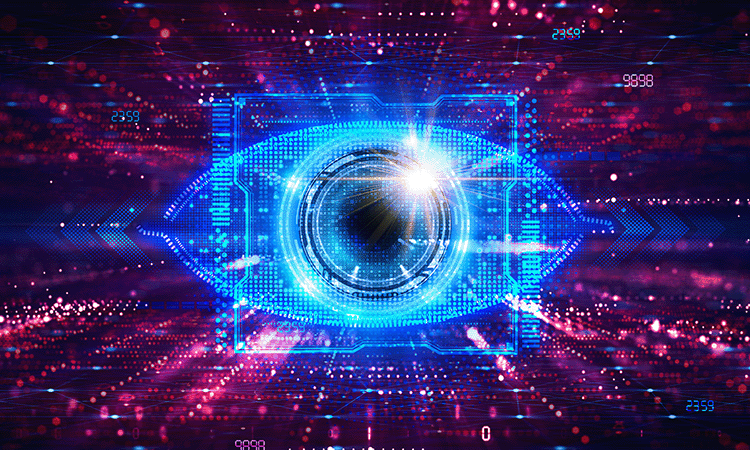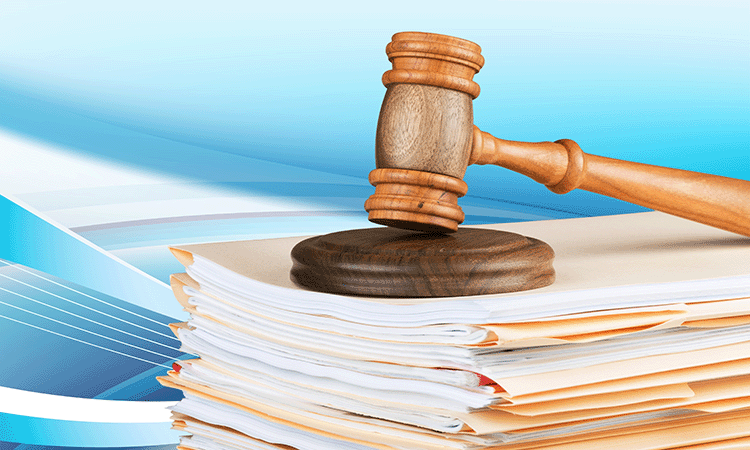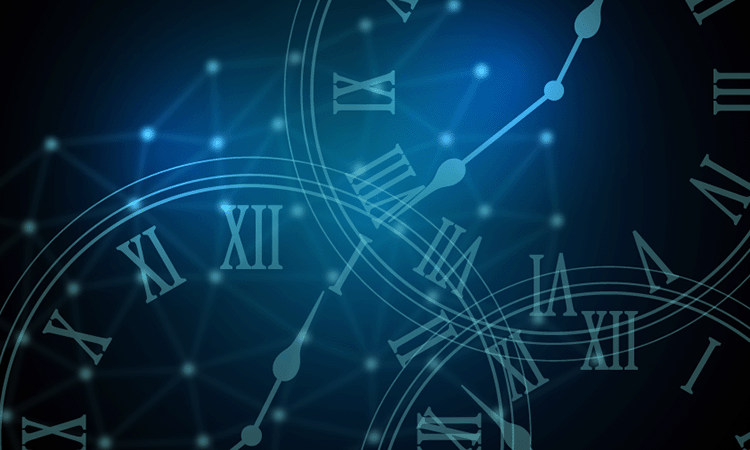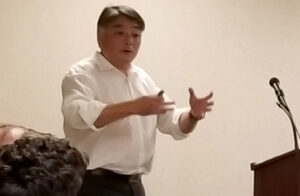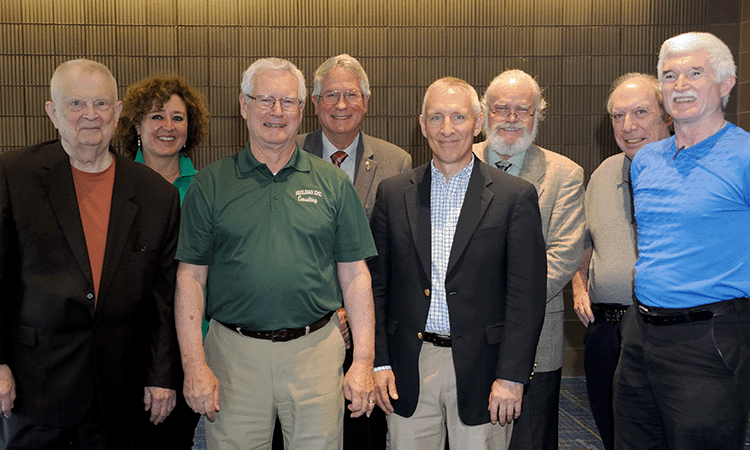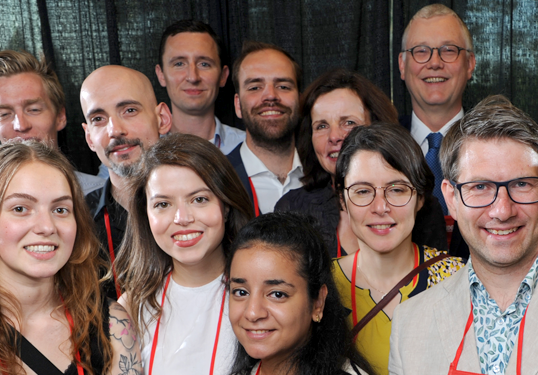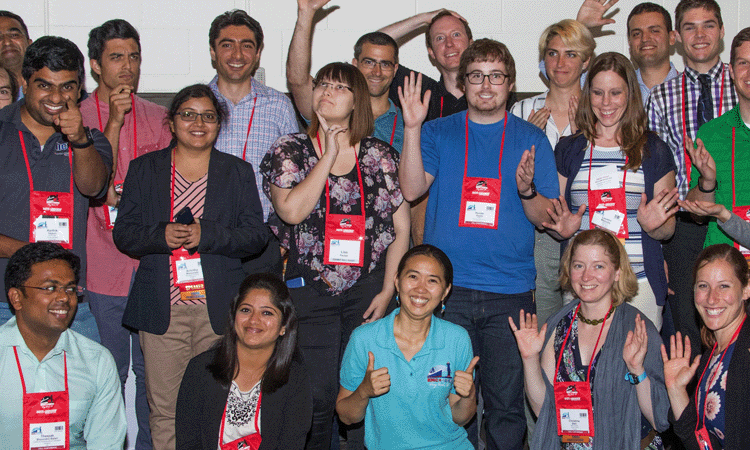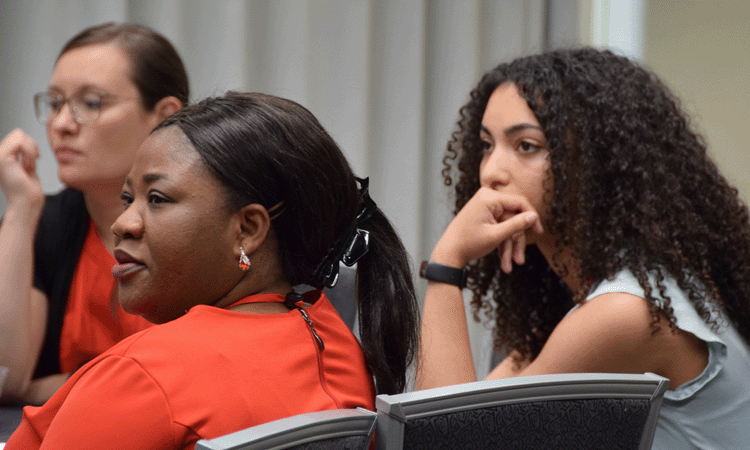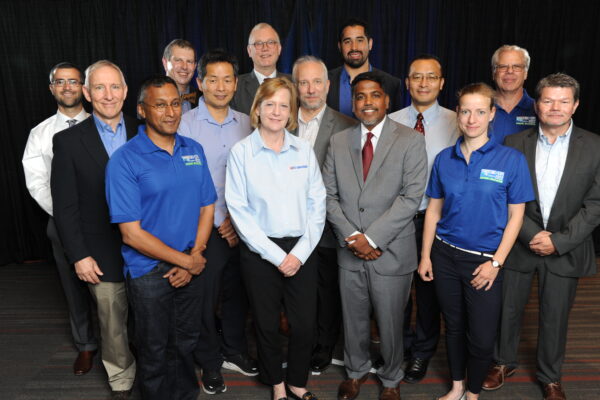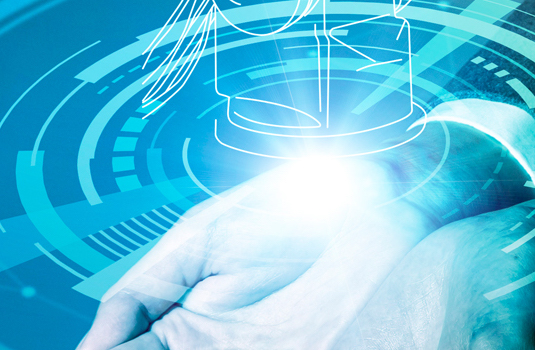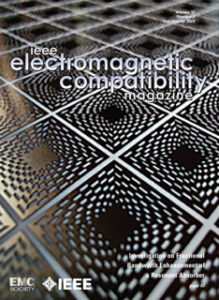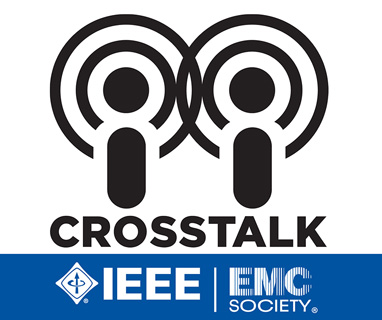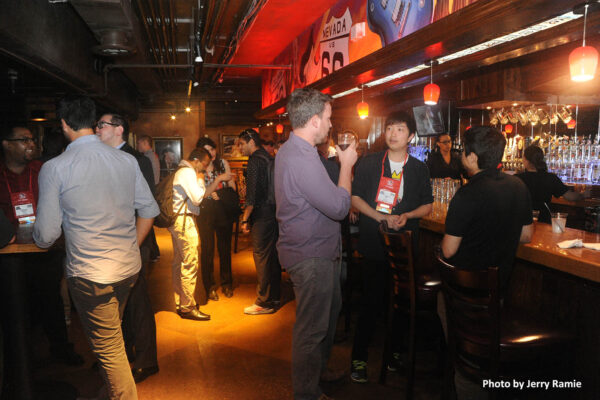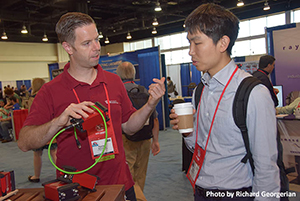
Distinguished Lecturer
Prof. Ramiro Serra
Distinguished Lecturer
Prof. Ramiro Serra present “Reverberation Chambers: Introduction, Basic Theory, Uses and Applications” on Wednesday, August 27th, 12:00pm – 1:30pm (EDT).
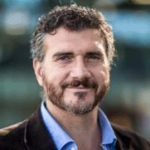
About Prof. Ramiro Serra
Term 2025-2026
Associate Professor, Eindhoven University of Technology (TU/e) in the Netherlands
R.Serra@tue.nl
Ramiro Serra received the MSc degree in electronic engineering from the Instituto Tecnológico de Buenos Aires, Argentina, in 2000, the postgraduate degree specializing in technological applications of nuclear energy from Instituto Balseiro, Bariloche, Argentina in 2004 and the PhD degree in electronics and communications engineering from Politecnico di Torino, Italy in 2009. He is currently an associate professor within the Laboratory of EMC at the Eindhoven University of Technology (TU/e) in the Netherlands and the program director of the electrical engineering department at TU/e. Dr. Serra is a member and the vice-chair of the international steering committee of EMC Europe and a member of the international TPC of EMC Compo. He is the chairman of URSI Commission E for the Netherlands and secretary of URSI National Committee of the Netherlands. He is also co-convener of the SC 77B/CISPR-A joint working group for the standard IEC 61000-4-21 on reverberation chambers. His presentations include:
Talk 1: Reverberation Chambers: Introduction, Basic Theory, Uses and Applications
Abstract: Reverberation chambers (RC) are laboratory-controlled electromagnetic environments which can generate statistically uniform fields with known and predictable probability distributions. They are widely used for different electromagnetic compatibility measurements, antenna efficiency estimation, over-the-air tests for wireless systems, and electrical characterization of materials, among other uses and applications. What are the basic principles of operation of RCs? How to model and predict the distribution of the fields in a RC? This presentation will provide some basic though fundamental answers to these questions and, hopefully, also trigger a renewed interest for these intriguing and useful chambers.
Talk 2: Metrology Aspects of Reverberation Chambers
Abstract: This presentation provides an introduction on how radiated EMC measurements can be performed in RCs. We discuss the basic principles behind such measurements, particularly the concept of statistical field uniformity. The basic measurement techniques are described as well as some state-of-the-art measurement techniques employing advanced equipment. An in-depth discussion on measurement uncertainty is provided, by describing the influence of multiple and concurrent field correlations in the quantification of the intrinsic field uncertainty, a unique and key concept in RCs. It is possible to add to this presentation, if desired, some considerations on an ongoing discussion point in the EMC community: how to set up limits for acceptance levels in RCs. This point would not be a “lecture” strictly speaking, but more like an open discussion and sharing of an opinion. (Note: We are running a large inter-laboratory comparison exercise. Results from that study will be available after October 2025; hopefully, and, if possible, added to this presentation.)
Talk 3: Emulation of Complex Electromagnetic Field Environments Using Reverberation Chambers
Abstract: Reverberation chambers have emerged as a powerful tool for the modeling and prediction of (random) electromagnetic fields in complex environments. This presentation will introduce the basic principles and applications of reverberation chambers, highlighting their versatility and effectiveness in emulating complex field environments. We will explore how these chambers are utilized for Over-The-Air (OTA) testing of wireless systems, providing a controlled yet realistic environment to evaluate the performance and reliability of wireless devices (including coexistence and interference studies). Additionally, the presentation will cover the use of reverberation chambers in modelling complex propagation environments, which is crucial for making better-informed design choices in EMC risk management for densely packed electromagnetic environments and/or large electronic systems.

